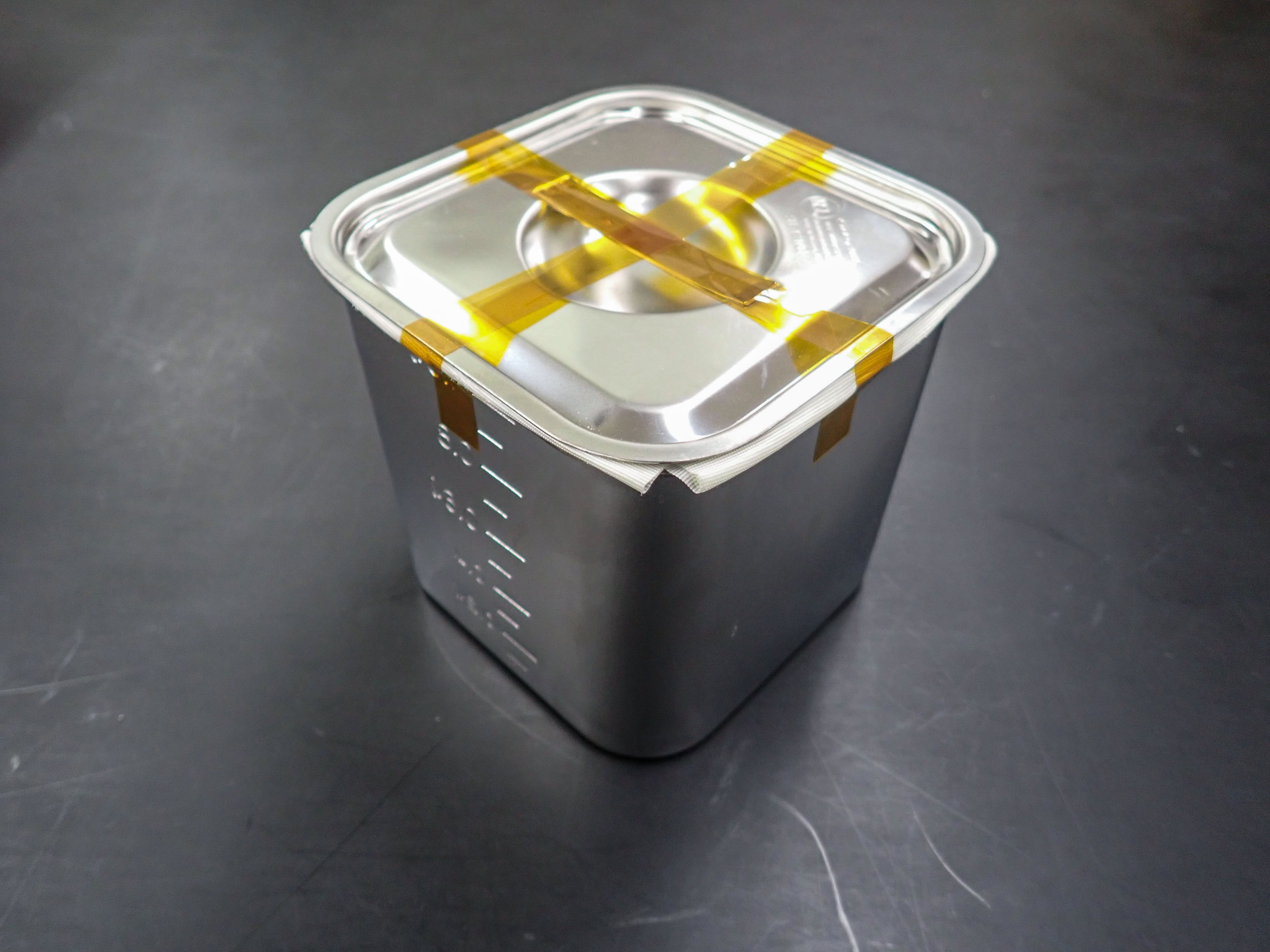- In progress
[Space Pup-II]
Study for the mammalian next generation after exposure to the deep space radiation
- Biology and Biotechnology
ISS Science for Everyone
SCIENCE OBJECTIVES FOR EVERYONE
The Study for the Mammalian Next Generation after Exposure to Deep Space Radiation (Space Pup-II) investigation aims to prove that room temperature preserved freeze-dried sperm on the International Space Station can be used as a bio-dosimeter to study the effects of space radiation on the next generation offspring, and to ensure that it will be possible to implement this investigation during the Gateway Project.
Experiment Description
RESEARCH OVERVIEW
- The Study for the Mammalian Next Generation after Exposure to Deep Space Radiation (Space Pup-II) investigation demonstrates the long-term preservation of freeze-dried sperm on the International Space Station at room temperature in order to utilize this technique in the future Gateway Program.
- The freeze-dried sperm can be used to reveal the effects of deep space radiation on the next generation offspring and can be used as a bio-dosimeter to study the effects of space radiation.
DESCRIPTION
If genetic mutations occur in germ cells due to exposure to deep space radiation, the effects are immeasurable because the mutations are transmitted to the next generation and beyond. Since there will be no astronauts living permanently on the future Gateway Space Station in deep space, it will be difficult to conduct such studies on mammalian samples. If it can be shown that mammalian space reproduction studies can be conducted in the absence of astronauts on the Gateway using freeze-dried (FD) sperm preserved at room temperature, the likelihood of such studies being conducted is very high. Therefore, the Study for the Mammalian Next Generation after Exposure to Deep Space Radiation (Space Pup-II) investigation develops a radiation protection method, as well as irradiates room temperature preserved FD sperm, with a heavy-ion particle beam to examine DNA damage. Next, FD sperm is transported to the International Space Station and stored at room temperature for one year to determine DNA damage and its effect on the next generation. Based on these results, it is hoped that this method proves feasible and can be implemented it in the Gateway Project.
Media Gallery


Applications
SPACE APPLICATIONS
Space Pup-II provides researchers the opportunity to better understand the effects on germ cells of deep space radiation to which astronauts will be exposed to during human space exploration to the Moon and Mars, as well as during migration to other stars.
EARTH APPLICATIONS
Pets, livestock, and endangered species can be preserved in the form of germplasm to maintain biodiversity and provide a new means for safe, semi-permanent preservation of animal genetic resources in the event of a global disaster.
Operations
OPERATIONAL REQUIREMENTS AND PROTOCOLS
Preflight, glass ampules with freeze-dried mouse sperm are vacuum-sealed and 48 of them are stored in a stainless-steel container. Two of the containers are launched to the Interntional Space Station aboard a cargo vehicle at room temperature. A radiation protection device containing plastic and water is assembled on orbit, and one container is stored inside the device. Another container, and the radiation protection device, are stored in a cargo transfer bag (CTB) for cabin storage (room temperature storage) and is recovered at room temperature after about one year of storage on board the space station.
Publications
PRINCIPAL INVESTIGATOR(S)
WAKAYAMA Sayaka [University of Yamanashi]
Unless specified otherwise, rights to all images belong to ©JAXA



